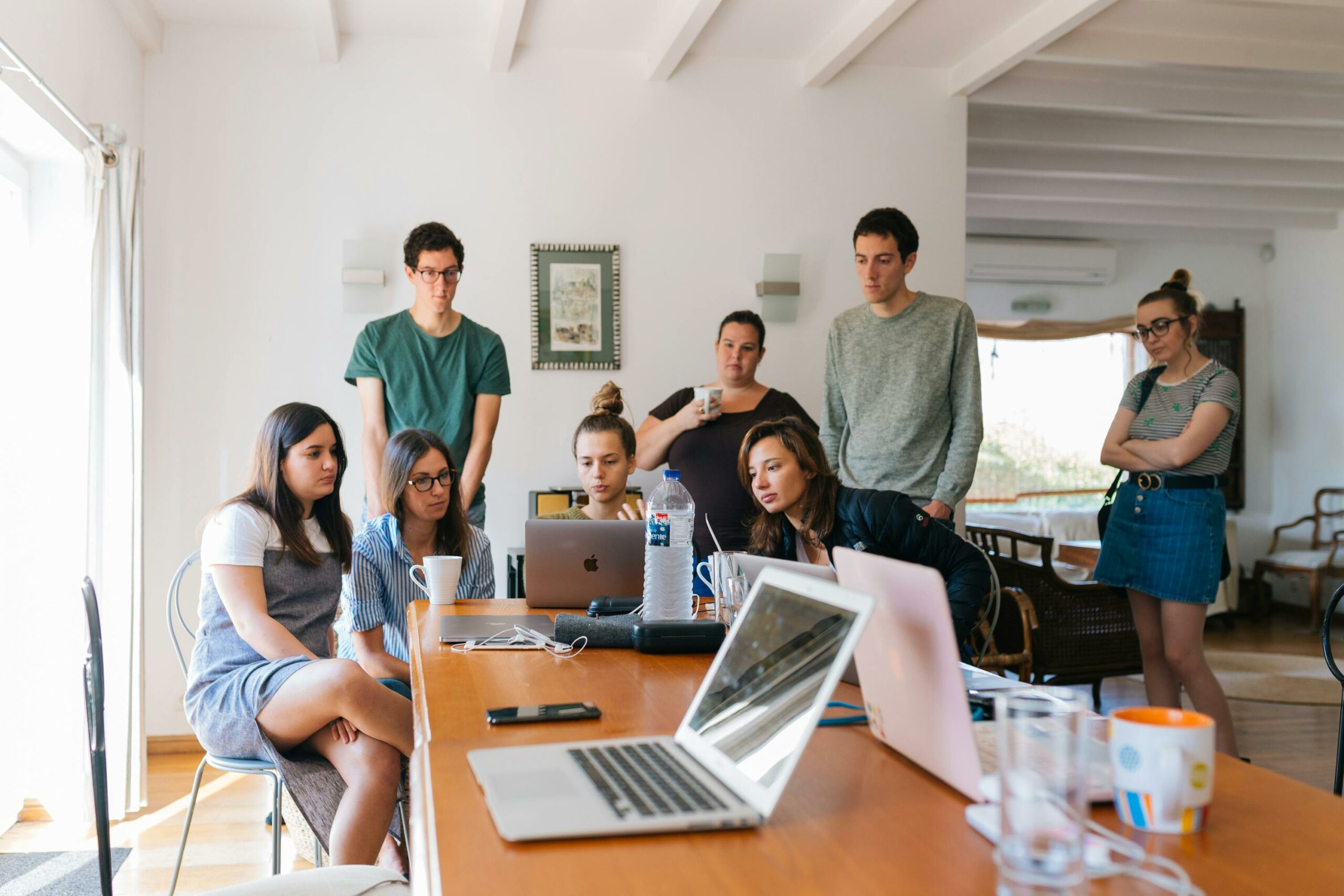When young people become cultural ambassadors

How can we preserve cultural heritage while preparing young people for the challenges of the 21st century?
The EYES – Empower Youth, Explore Stories project, financed by Erasmus+, answers this question with an innovative approach: the creation of digital heritage tours designed by young people themselves.
A project at the crossroads of past and future
New generations are often seen as detached from their cultural heritage. But this perception fails to take account of one fundamental fact: young people need new, interactive formats that are rooted in their reality to help them make the past their own.
EYES is part of this approach. By combining technology, creativity and identity, the project offers young people an immersive learning experience. They are invited to explore their town, village or neighbourhood, gather evidence, observe traces of the past… and then transform them into captivating journeys.
This process helps them to develop their digital skills, while connecting them to European values such as diversity, democracy and unity. Because heritage is not static: it lives, evolves and is shared.
Tools to explore and pass on
EYES doesn’t just tell stories. It gives young people the means to become creators of stories, not just consumers. Through local workshops, young people learn how to :
- find information about their heritage
- interview people around them or in their neighbourhood,
- use digital tools to script and broadcast their visits.
The aim is clear: to put young people at the centre of the process of cultural transmission, by equipping them to express their vision of the past and their pride in belonging to a community.
In so doing, they strengthen their autonomy and critical thinking skills, and develop a sense of active European citizenship.
A toolbox for educators
Because heritage is not something that can only be discovered outside school, EYES also offers practical teaching resources for educators, youth workers and non-formal education professionals. These materials include :
- practical guides for creating a digital heritage tour,
- toolkits (templates, activity sheets, technical advice),
- best practices from pilot workshops organised in the various partner countries.
These resources will be made available free of charge on the project platform, to ensure that they are widely accessible. They will also enable other organisations to take over, adapt and bring the pathways to life long after the project has ended.
A European adventure
EYES is supported by a consortium of partners from several European countries, each with their own specific expertise in digital storytelling, youth work, cultural mediation and training.
This diversity enriches the project by bringing together different perspectives, traditions, and working methods. Thanks to this intercultural dimension, the project is helping to strengthen awareness of a shared European heritage, while at the same time enhancing local distinctiveness.
Young people learn to link their own history to that of others, to identify points of convergence, but also to celebrate differences. It’s a real lesson in a living, shared Europe.
Stay tuned!
In 15 articles, this blog will recount the highlights of the EYES project: workshops, testimonials from young people, behind-the-scenes digital creations, educational tools to discover, portraits of participants and theoretical aspects of the importance of this project.
We invite you to follow us step by step on this adventure, and discover how, one story at a time, young people are reclaiming their culture to better imagine the Europe of tomorrow.
“A nation’s culture resides in the hearts and in the soul of its people”
Mahatma Gandhi.
Sources
Joint Research Centre. (2019). The future of cultural heritage in the digital age.
Council of Europe (2017). The impact of culture on youth participation.
Council of Europe (2018). Intercultural dialogue: A tool for social cohesion.
European Commission: Directorate-General for Education, Youth, Sport and Culture, European framework for action on cultural heritage, Publications Office, 2019